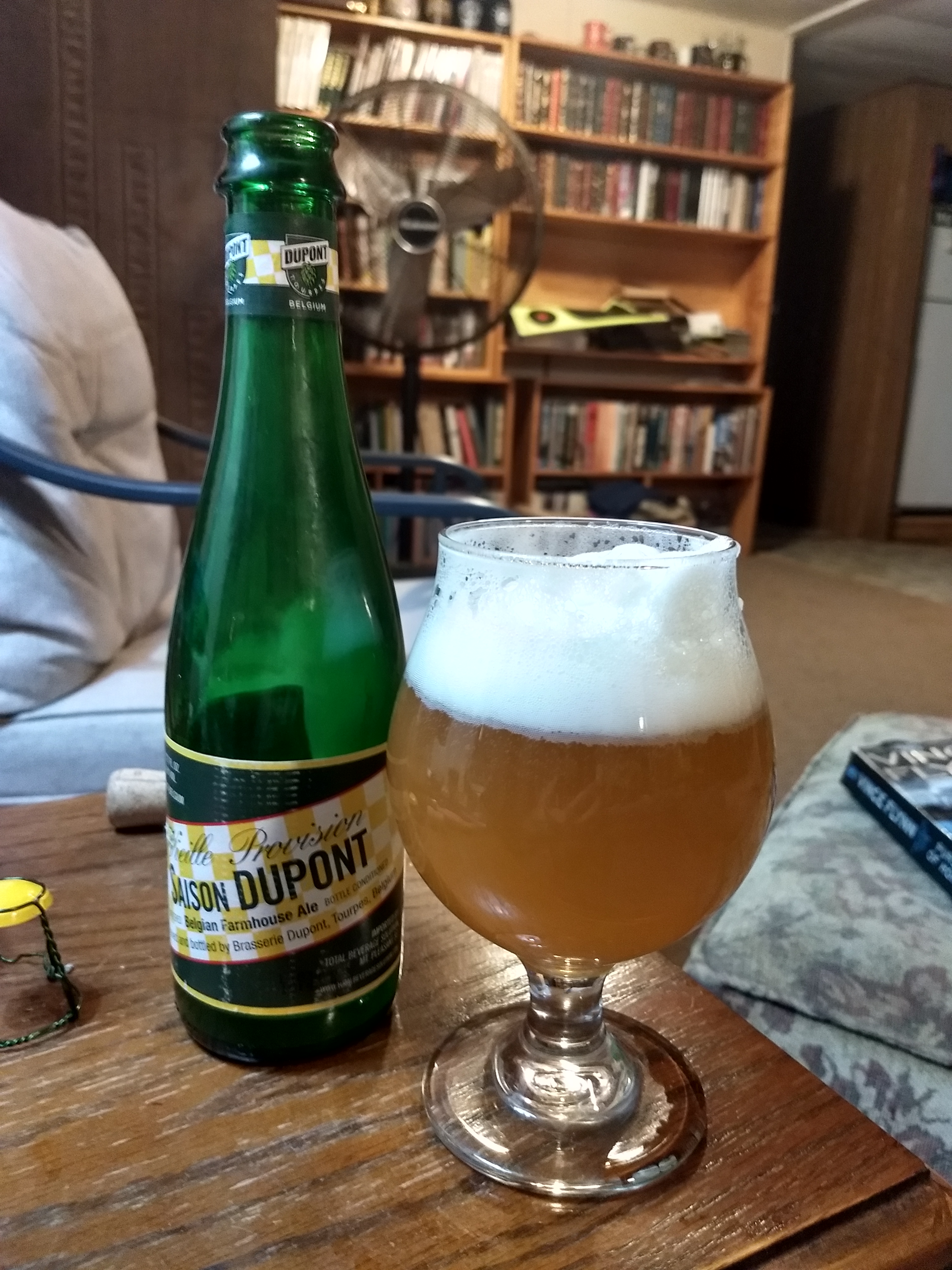I was digging thru my stash of yeast and found a pack of saison???...so I got a recipe and tried it...
Never drank one before that I can recall and didn't know what to expect...
well I find it kinda tart or sourish? Did my beer spoil or is this kinda the norm for this type of yeast?
Never drank one before that I can recall and didn't know what to expect...
well I find it kinda tart or sourish? Did my beer spoil or is this kinda the norm for this type of yeast?






